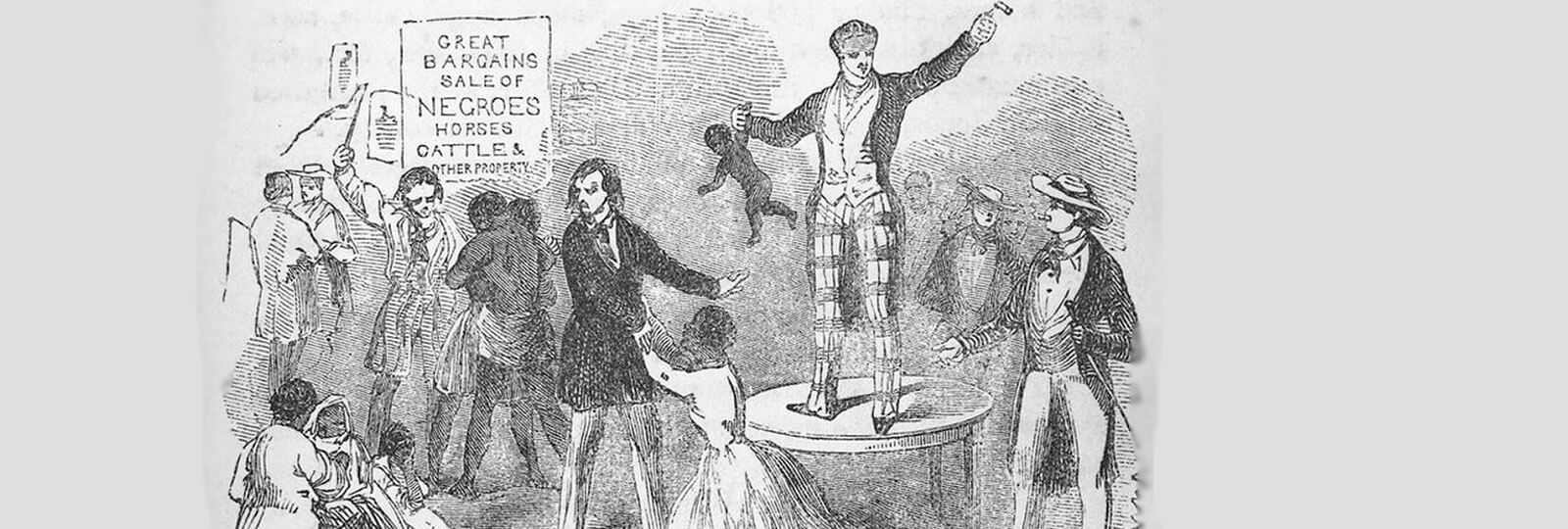

immigration
America’s Long History of Stealing Children
People are calling the removal of children from parents at the border "un-American." But it dates back to the founding of this nation.
This article was made possible because of the generous support of DAME members. We urgently need your help to keep publishing. Will you contribute just $5 a month to support our journalism?
As the story of 1,500 children being “lost” by immigration officials went viral last week, it became clear that most Americans need a refresher course in history. And immigration: Many were conflating the real, unconscionable act of children being separated from their parents at the border and the status of several hundred children who had been released to either parents or other close family members by the Office of Refugee Resettlement (ORR) and were likely being kept hidden for fear of being removed from those homes. Not to take away from the abject horror of what is happening at the border currently and how it is being sanctioned by the Trump Administration and in particular Attorney General Jeff Sessions, but what’s happening now is not as “un-American” as many in the media and on Twitter seem to think. The U.S. has been separating children from their mothers for nearly its entire history.
Beginning in the early 1500s through 1865, when slavery was legal in the U.S., it was common for enslaved African-American children to be sold away from their mothers. It was also common for white masters to rape enslaved African-American women solely for the purpose of creating a new slave, which they could then either keep and harness labor from or (more likely) sell for profit. Unlike any other law in the world at the time, paternity did not transfer rights in the case of a master-slave pregnancy, giving white masters every incentive to rape enslaved women.
And lest you think we then stopped the practice of separating children from parents at that time, remember this: Just five years later, the government began removing Native-American children from their parents and sending them to so-called “Indian Boarding Schools.”
“I have family members who were taken from our traditional lands in Montana and shipped off to the East Coast, hundreds of miles away to deter them from escaping, to turn them into non-Indians, to ‘kill the savage,’” Native American public health researcher Janelle Palacios told me recently, as we watched her daughters play in the distance. Palacios was one of more than a hundred women I interviewed while researching a book on America’s bizarre history with motherhood.
Palacios’s relatives were taken during what’s now known as the “boarding school years,” which lasted from the early 1870s to the early-1900s. Thousands of these children were killed in these schools, and many more were abused. Just as the boarding schools were shutting down, the Indian Adoption Project began removing children from their families and placing them with either white families or religious groups. White social workers active on Indian reservations at the time often saw the family structures and mothering practices there—with children being watched by extended family members or community members, especially if their parent worked a lot or was dealing with a substance abuse problem—as deviant, justifying the removal of children.
“You can really see the impact today,” Palacios says. “The more functional, healthy tribes? They’re usually the ones that were in a geographic location where it was easier to hide your kids.”
In the 1950s, as teen pregnancy rates skyrocketed (thanks in no small part to the advent of the private automobile, the perfect spot for teens to sneak off and have sex), tens of thousands of women were sent away to homes for unwed mothers, where they were then forced to give up their children for adoption. The idea was that they could then be returned home with a story about visiting a sick relative and get a second shot at a “real” family. The reality was that many of these women were traumatized by the experience for the rest of their lives, as excruciatingly documented in Ann Fessler’s book, The Girls Who Went Away.
Parents with disabilities have also faced a long history of being forcibly separated from their children. According to Robyn Powell, an attorney and lead author of Rocking the Cradle: Ensuring the Rights of Parents with Disabilities and their Children, parents with disabilities are the only community of parents in the U.S. that consistently have to fight against having their children removed from them. “Removal rates where parents have a psychiatric disability have been found to be as high as 70 percent to 80 percent; where the parent has an intellectual disability, 40 percent to 80 percent,” she writes. “In families where the parental disability is physical, 13 percent have reported discriminatory treatment in custody cases. Parents who are deaf or blind report extremely high rates of child removal and loss of parental rights. Parents with disabilities are more likely to lose custody of their children after divorce, have more difficulty in accessing reproductive health care, and face significant barriers to adopting children.”
I haven’t even gotten to the history of eugenic sterilization in this country, a sort of preemptive separation that is equally horrific, long-lasting, racist, sexist, ableist and classist (and which DAME has covered at length). Think the separation of children from their parents at the border is horrific? You’re right! It’s also distinctly American. This country has a long and sordid history of punishing any mother who falls outside of a very narrow ideal: white, straight, married, with no disabilities, and middle-class or above. To forget that history is to be doomed to repeat it.
Before you go, we hope you’ll consider supporting DAME’s journalism.
Today, just tiny number of corporations and billionaire owners are in control the news we watch and read. That influence shapes our culture and our understanding of the world. But at DAME, we serve as a counterbalance by doing things differently. We’re reader funded, which means our only agenda is to serve our readers. No both sides, no false equivalencies, no billionaire interests. Just our mission to publish the information and reporting that help you navigate the most complex issues we face.
But to keep publishing, stay independent and paywall free for all, we urgently need more support. During our Spring Membership drive, we hope you’ll join the community helping to build a more equitable media landscape with a monthly membership of just $5.00 per month or one-time gift in any amount.




















































































